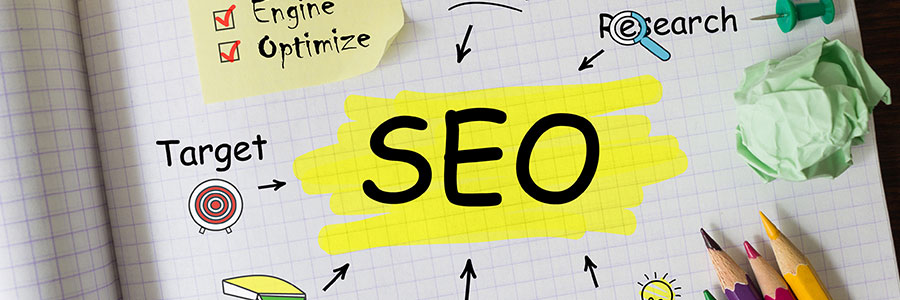When working with web platforms like WordPress, there are three letters that induce anxiety in any business owner: SEO (search engine optimization). It’s one of the most confusing aspects of running a business, and web apps that rate your SEO with no more than a red or green light don’t make it any easier. Read on to find out whether the images on your site are the cause of that annoying red light.
Do images really affect SEO?
One of the reasons images tend to be overlooked when auditing SEO is because it’s easy to forget just how many images your website has. Maybe you only had a few photos on your homepage when you first built your site. Over time, however, you probably added more visual elements to blog posts, landing pages, and About Us page — drastically increasing the impact of your images on your SEO.
Image resolution and load speed
The first thing to check is how your images affect your site’s load speed. If you’re using ultra high-resolution photos, those accessing your site on mobile devices or using satellite data connections will have trouble loading your site. Site load times affect your site’s ranking on Google, so make sure to pair your images down to a more reasonable resolution and save them as web-friendly file types.
- Choose the JPEG format for illustrations or large photos since it provides clarity and good colors in a smaller file size.
- Select the PNG format if you want to preserve background transparency.
- Use the SVG format for icons and logos. Combine this with Javascript or CSS to resize SVG images without losing quality.
Keywords and image title
The days of keyword-stuffing are long gone, but that doesn’t mean you can get away with uploading images with filenames like “DSC2558.jpg”. When adding images to your website, make sure their names are relevant to their content, such as “gym-trainer-helping-lift.jpg” or “call-center-customer-service.jpg”. This makes it easier for search engines to derive information from the images on a page.
Alt text and title text
Even though Google is getting better at recognizing image content without any help from text identifiers, describing your images in your website’s back end is still important for SEO. Every image on your site should have enough text-based information without disrupting the user experience.
To see how this works in WordPress, open your site dashboard and click on Media. This will display all the uploaded images, videos, and audio. Click on any photo to access the text editing tools. Whatever you include in the Caption field will be shown below the image, so check that it corresponds with your content. If not, skip it. In this case, user experience takes priority over SEO.
The Alternative Text and Description fields will be visible to visitors only if the image doesn’t load or if they select it manually. They may not seem that important, but these should be considered nonnegotiable for SEO purposes.
Check that your site’s images are properly optimized before requesting another SEO report. If your score changes, audit your image optimizations regularly. If you’re still seeing red, there are a number of web- and cloud-based platforms that can help improve your content. Give us a call today to find out more!
